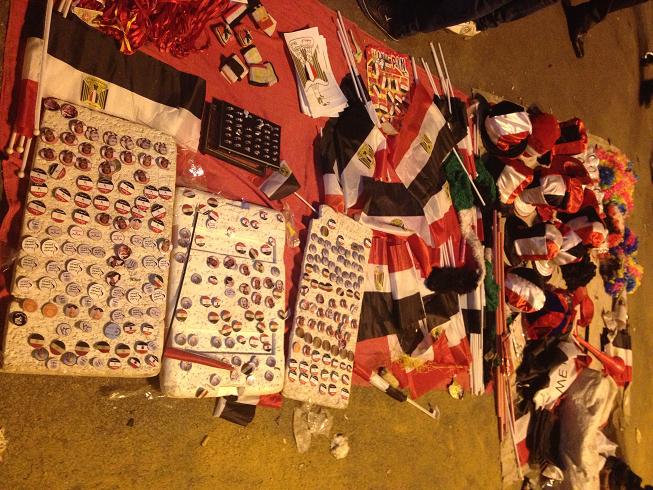F or those unfamiliar with the event, the Venice biennale is the bi-annual Oscars for the Arts. The opportunity of being chosen to represent one’s country in the biennale is a substantial milestone in any artist’s career; winning catapults the artist to a whole new level.
The Egyptian pavilion at the Venice Biennale has always been something to look out for, and almost always the artists chosen to represent the country have been up to par, ranging from Gazibia Sirry (who took the honoring prize for oil painting in 1956), to Adel El-Siwi and Ahmed Asklany in the last Biennale in 2009.
This year’s Biennale hosts an Egyptian pavilion with an interesting choice: one that reflects the political situation of the country rather than its artistic status. The artist single-handedly representing Egypt this year is the late Ahmed Basiouny (1978 – 2011), new media and sound artist and teacher at the Faculty of Arts education.
The executive curator behind the Ministry of Culture’s final choice is Shady El-Noshokaty, contemporary Egyptian artist and dear friend of the late Basiouny. Aida El-Torie, curator of Basiouny’s work at the Biennale, tells Daily News Egypt that “it was Noshokaty that pushed hard for this recognition of his friend. He felt that his work and message needed to be spread to a much wider audience than it is now.” Magdi Mostafa, sound and media engineer of the project, and Hossam Hodhod, its production assistant, were also his close friends.
The acceptance of the Ministry of Culture of Basiouny’s work and its curators is in itself a sign of change. It’s the first time that new media artwork, heavy in the use of sound and digital media, is chosen. It’s also the first time a 27-year-old independent female curator is approved for the position: “The way we wish to represent the work is in such a way as to commemorate the medium Basiouny was eager to present to the world, as well as to show how his life — and death — was about recording the now and aiming for its change to the better,” El Torie adds.
Basiouny was killed with a single shot to the head during the mass protests in Tahrir on Jan. 28. Till the last minute of his life, Basiouny documented the unfolding action with his video camera on the first three days of the revolution.
This footage will be showcased as part of the media installation at the Biennale. The work is titled “30 Days of Running in the Space,” a juxtaposition of a previously performed piece by Basiouny (the documentation of which will be presented) by the same name, alongside the last footage the artist shot of the pro-democracy protests.
“30 Days of Running in the Space” was first presented at the “Why Not” exhibition at the Palace of Arts in 2010. The work was exhibited in a room that was constructed espcially for the show in the garden of the Cairo Opera House. Inside, wearing a plastic suit resembling a spacesuit, Basiouny would run in place for an hour every day. The suit is covered with digital sensors that calculate the amount of sweat and the number of steps he takes as he runs.
This data is then transferred wirelessly to a computer that projects it onto a large screen as a graphic grid with geometrical colors and shapes that change according to the physiological changes in his body.
This interactive relationship between the living body and the digital system that results in an aesthetic manifestation of color and shape is what Basiouny lived to perfect. No better project could have been used to present the late artist’s efforts in this new medium.
In Venice, the documentation will loop continuously in fragments on each of the five 2×3 projection screens at the pavilion. Interrupting them will be the last footage Basiouny recorded of the protest — none of the images ever sync and all images appear spontaneously and at random. The idea is for the viewers to never know what they’ll see next — nothing is expected, much like the untimely death of the artist himself.
The representation of the artist at the Venice Biennale is a mark of a transforming ministry and the development of a proper organizational strategy towards the arts, but not necessarily of a changing culture that genuinely appreciates art. Ahmed Basiouny at the Venice Biennale will represent the struggling efforts of Egyptian youth towards a better and more modernized Egypt.
The 54th Venice Biennale takes place from June 4 to Nov. 27.



